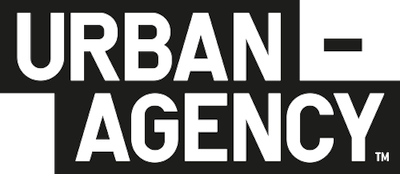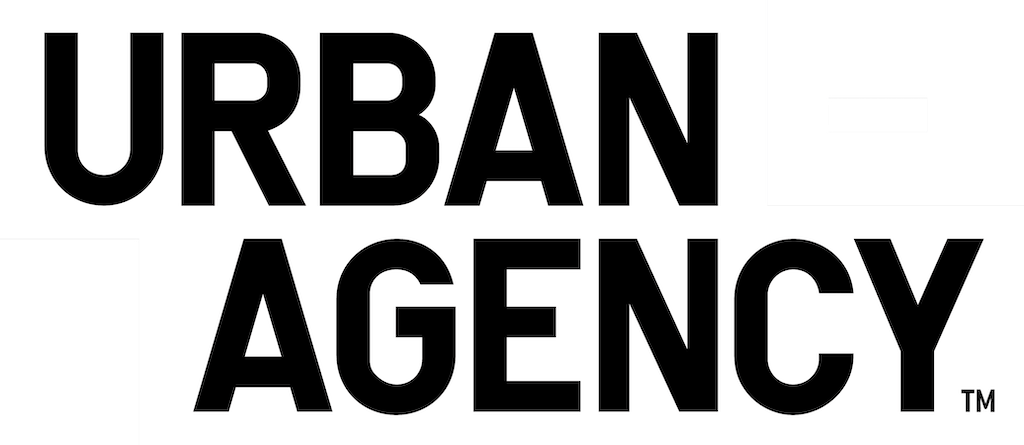PRIORSLAND
Masterplan
In stark contrast to the centralising focus of the city square, Dublin's suburban sprawl has always been based on low-density individual or semi-detached units with large, underused front and rear gardens. This type of approach to urban planning is perhaps the antithesis of placemaking, often hindering the creation of a sense of place.
Most European medieval cities, like Siena for example, are instead represented by the archetypal square, which has always been the concept of a vibrant space of activity that gives purpose and energy to the city.
Priorsland aims to bring the benefits of this European model to a village format in Dublin, therefore combining the close-knit community of a traditional Irish rural town with the open vibrancy of the town square. This is achieved with a well-articulated and well carefully proportioned civic space, The Village Square. It is programmed on all sides by a series of rich and diverse of public amenities such as cafes, retails, co-working spaces, a public library and bike repair and rental shop. Like in Siena, the Village Square is flanked by residential buildings varying in height from 4 to 8 storeys to ensure that adequate density is provided to create a vibrant, dynamic and successful civic space.
The proposed average urban scale is 2-13 storeys. The taller buildings are occasional tower buildings located on the periphery and on the main square of the village centre. The development is in a perimeter block typology varying in height and offers great vistas toward the park and the mountains for the residential units located around the periphery.
To avoid a blend skyline profile and monolithic appearance of the usual residential quarters, the massing of the perimeter blocks has been carefully designed to maximize sunlight into the residential courtyards and the public amenities while providing a rich and dynamic skyline which echoes those of traditional villages.
Community facilities such as community centres, spaces for local youth/community activities, civic centres, libraries and places of workshop have been provided in strategic locations, which will encourage user participation and a focus on the local community.
The landscape design plays a key role in the project, which integrates nature with the built environment and offers added value to the existing community and new residents.
The materiality of Priorsland’s design is based on the Georgian terraced house that epitomises Dublin’s architecture. Mirroring the tones of the red brick used in eighteenth-century domestic structures, the proposal for Priorsland adapts this monochrome colour palette using brick in varying hues of pink, red, orange and burgundy. These alternating colours allow for individual architectural identities within the overall structure and break down the typically austere massing of the Georgian façade.
Providing a contrast to the Georgian-inspired russet tones, one building will would be cladded in green copper aluminium. This material and its changing colour capture the concept of transience and aging which consolidates the project’s consideration of longevity, robustness and adaptability. It also refers to Dublin city’s skyline which is pierced with copper domes from the late Georgian period and beyond such as St Paul’s on Arron Quay and, slightly later, Mary Immaculate Refuge of Sinners Church in Rathmines.
Project title
Project subtitle
Program:
Size:
Location:
Client:
Collaborators:
Type:
Status:
Team:
Photo credit:



